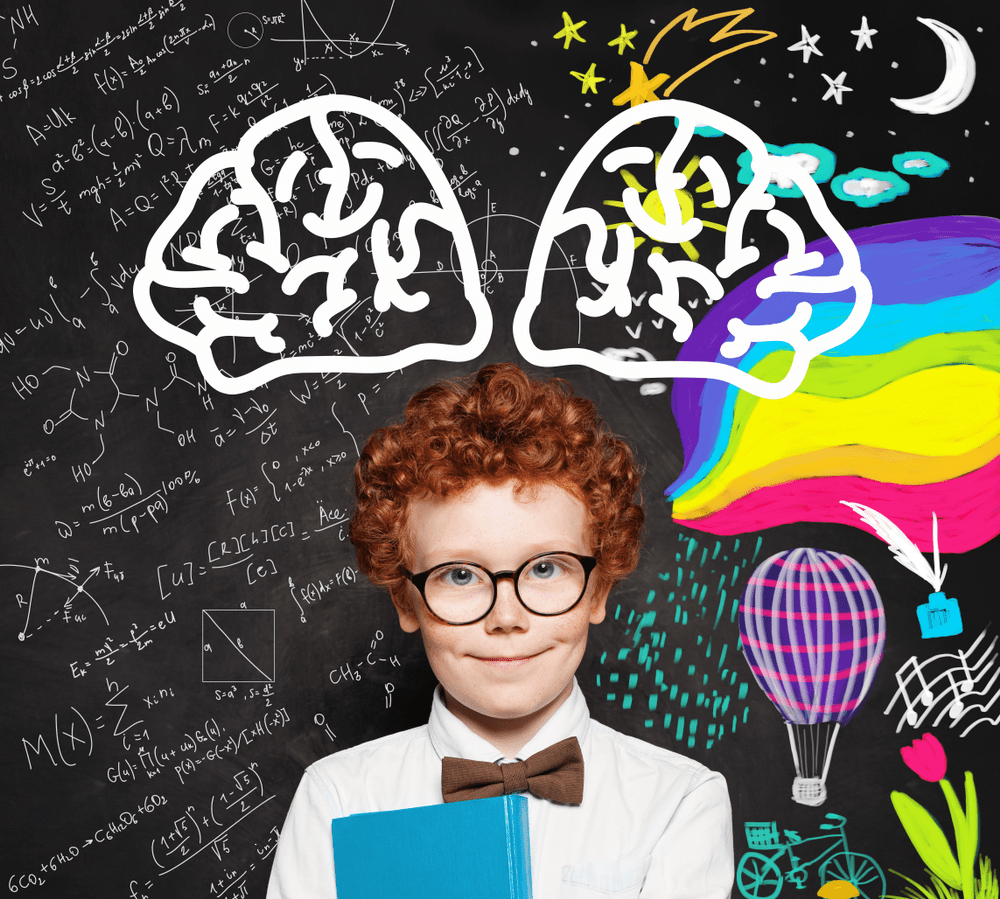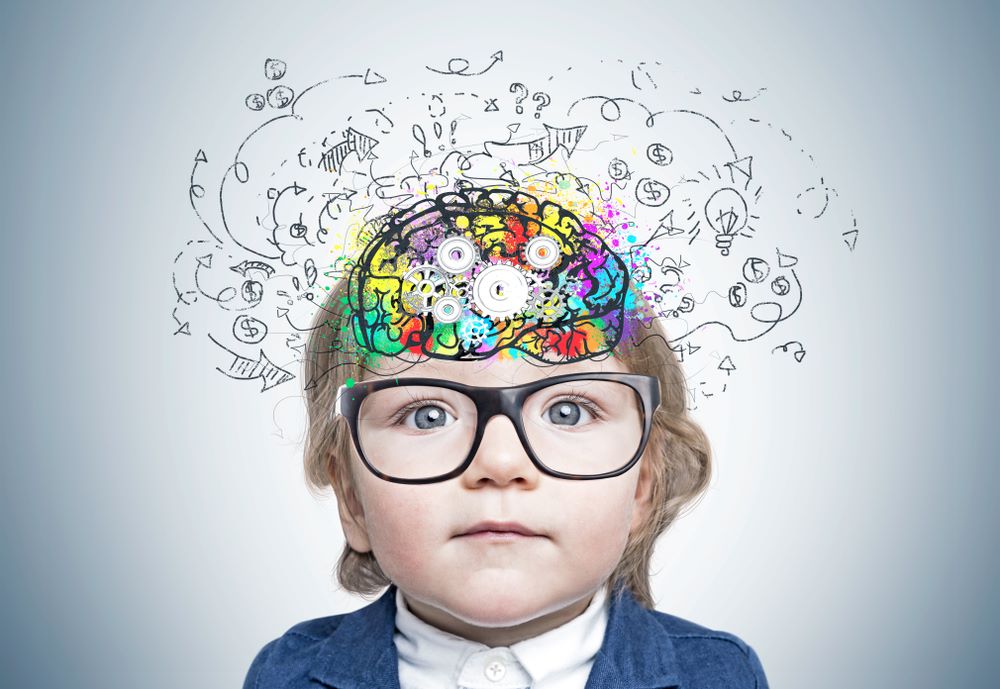
- 1.Brain-Based Education 2 – Neurochemicals and Learning
- 2.Neurological Causes of Autism
- 3.Impulse Control Disorder
Autism spectrum disorders are neurodevelopmental disorders. For this reason, many neuroscientific studies have been conducted on autism and the brain in recent years. Valuable clues were obtained from these studies in order to regulate the causes of autism, the causes of autism symptoms, and educational intervention methods.
The researches are quite high, it is not possible to fit them all in one article. But we can talk about the 5 most important findings.
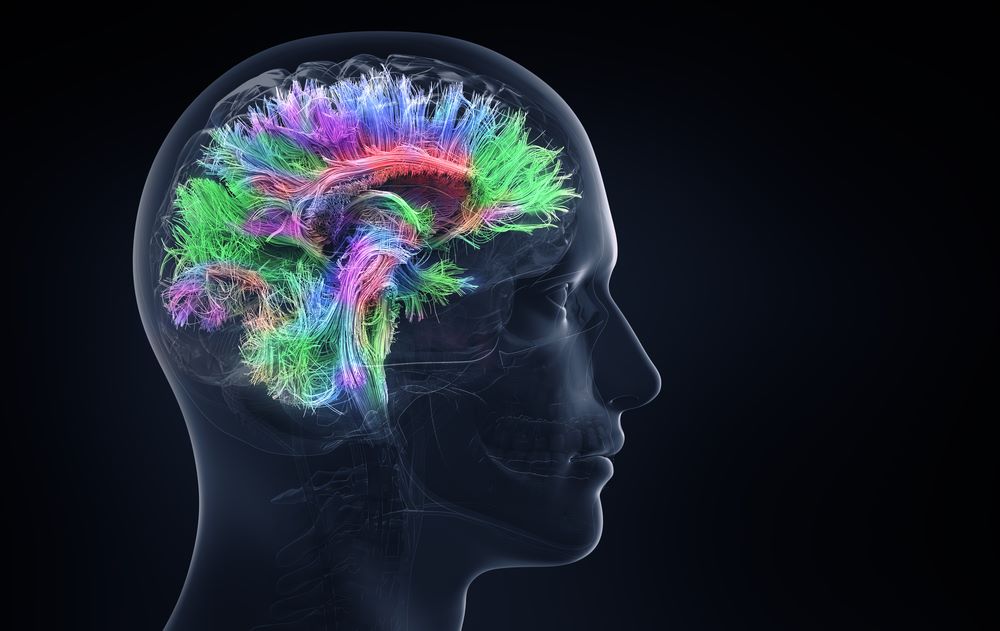
Brain Size
In some individuals with autism, the brain size may be different. There are two reasons for this. The first is that the brain growth rate between the ages of 1-2 is higher in babies with autism than their normal-developing peers. The second is the absence of neuronal pruning, which should take place up to 4 years old.
In the study titled “Abnormality in early brain development in autism” conducted at the University of California on the size of brain in children with autism and children with autism aged 2-4 years old, 90% of children with autism had higher brain volumes than their peers.
This situation causes the gray matter thickness in the cerebral cortex to be higher than normal in individuals with autism. Excessive gray matter causes confusion even in the slightest stimulus due to unnecessary neuronal connections.
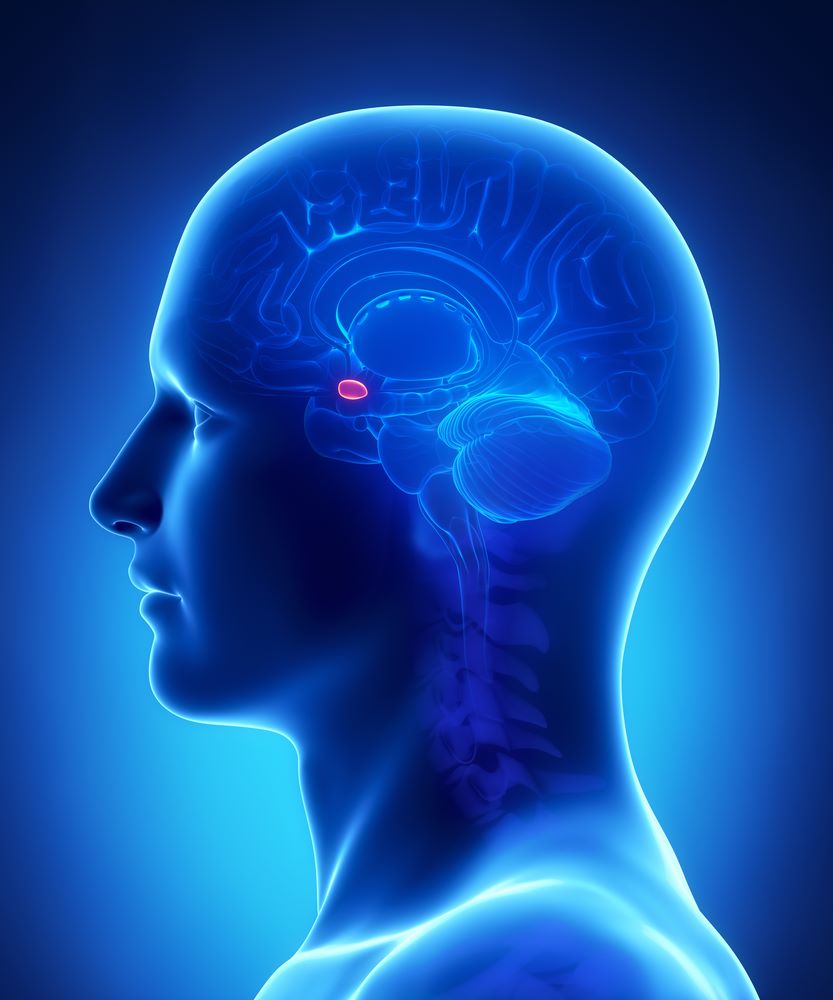
Amygdala
In the brains of individuals with autism, there is a magnitude or smallness in the amygdala according to the brains of individuals who develop normally. The amygdala is the region responsible for emotional memory and emotional responses. Individuals with autism who grow in this region give excessive emotional reactions to external stimuli, while individuals with shrinkage can remain unresponsive to stimuli.
In addition, the amygdala and the cerebral cortex work together to fulfill the social cognition task.
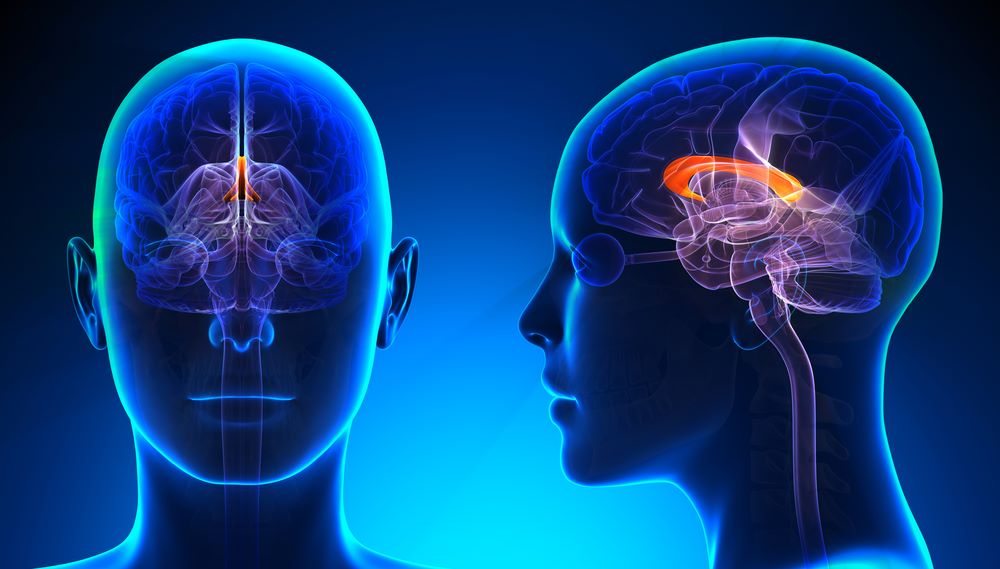
Corpus Callosum
The corpus callosum is also different from individuals with normal development in children with autism. Communication between the two brain halves is provided by this region. For example, while the left brain analyzes the lexical meaning of what is heard, the right brain interprets implication, irony, emotion. This region brings the two together, revealing the total meaning. Children with autism also have disorders in this process. They cannot combine implication with the word or combine interpreting the emotional meaning of the facial expression while receiving facial information from the sense of sight.
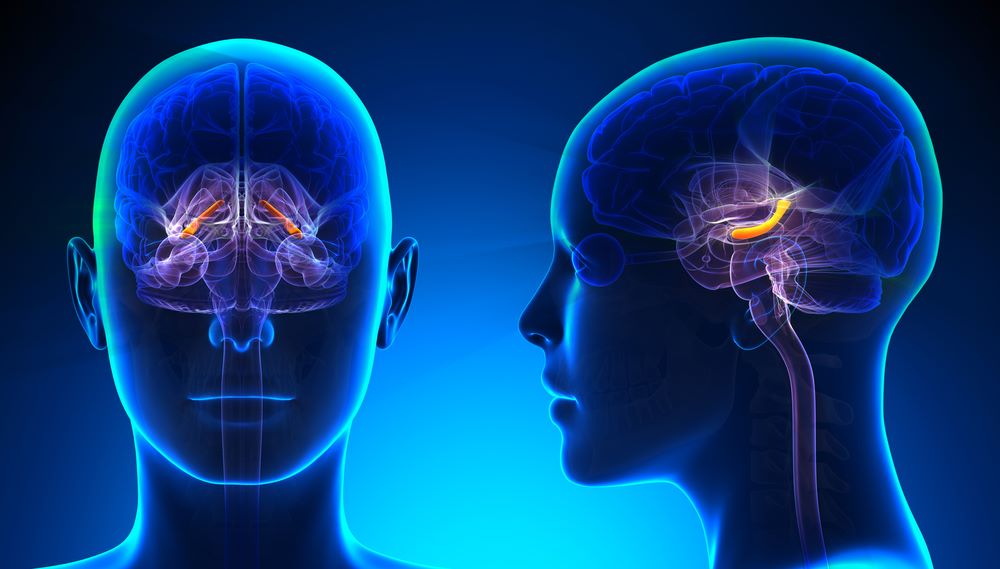
Hippocampus
Abnormalities in the hippocampus are also observed in the brains of individuals with autism. Hippocampus is the region where recent events and new information are processed. Abnormalities in the hippocampus make it difficult to process and record new memories and information. This situation directly affects learning.
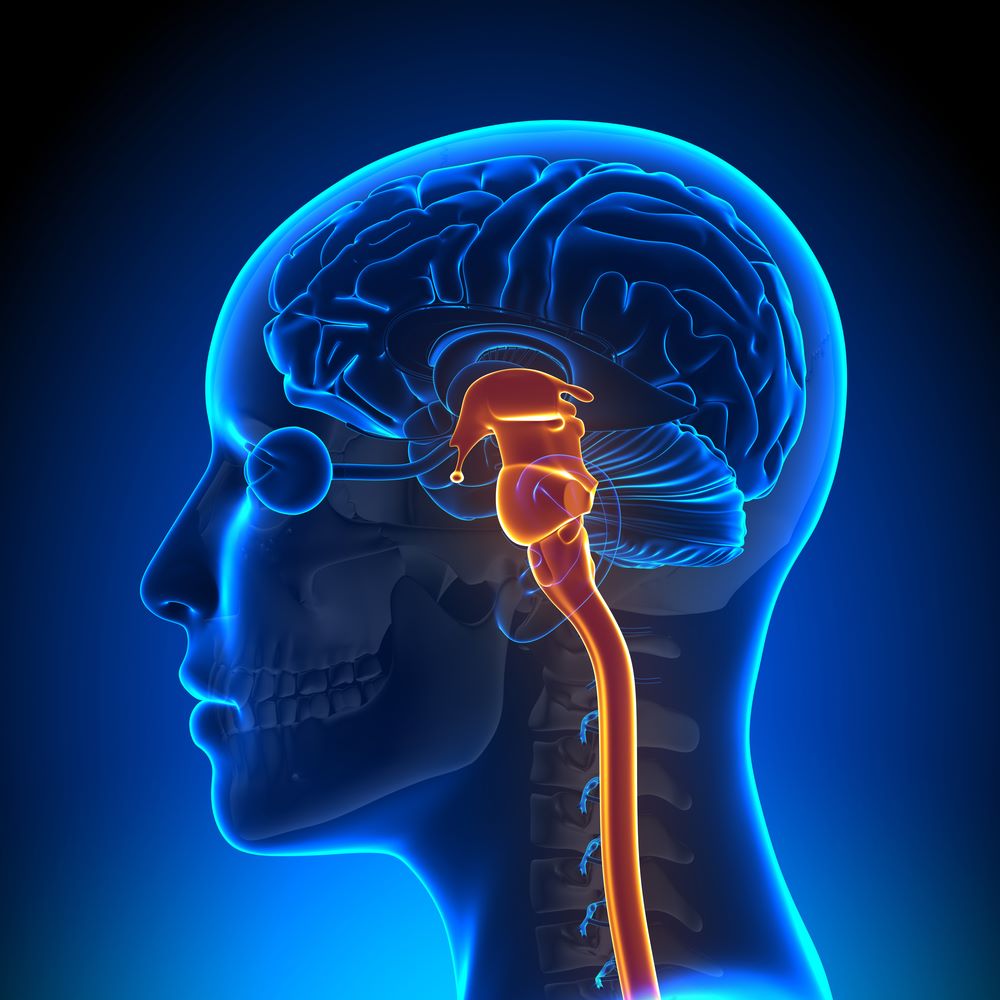
Brainstem
Finally, there are abnormalities in the brain stem. The brain stem is responsible for regulating consciousness and sleep as well as managing internal organs. Problems in this region may lead children with autism to be unconscious and indifferent to their environment. There may be problems with sleep patterns. For example, sleep problems such as not falling asleep or falling shortly at intervals during the day may occur.
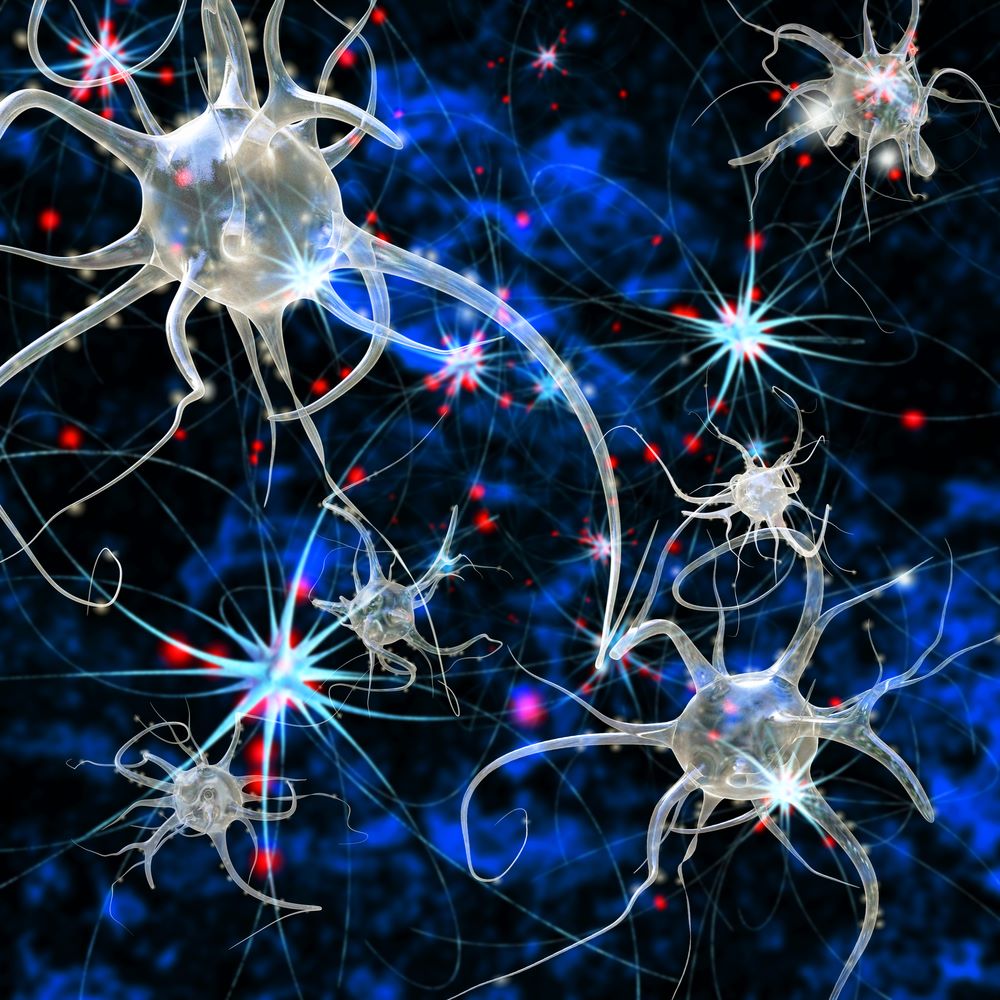
Bonus: Mirror Neurons
Autism – mirror neurons relationship is a highly researched subject. So what do mirror neurons mean? The mirror neuron system forms the basis of social skill, imitation skill and empathy. The relationship between autism and mirror neurons causes difficulties in teaching social skills in autism and studying imitation and imitation skills in autism due to defects in mirror neurons. The simplest mirror neurons experiment can be observed by stretching. Mirror neurons are the reason why stretching causes the individual to yawn. Mirror neurons function is to enable our brains to experience the situations in which we function. For example, when our child hits his leg, we feel pain in our leg, again, thanks to mirror neurons.
